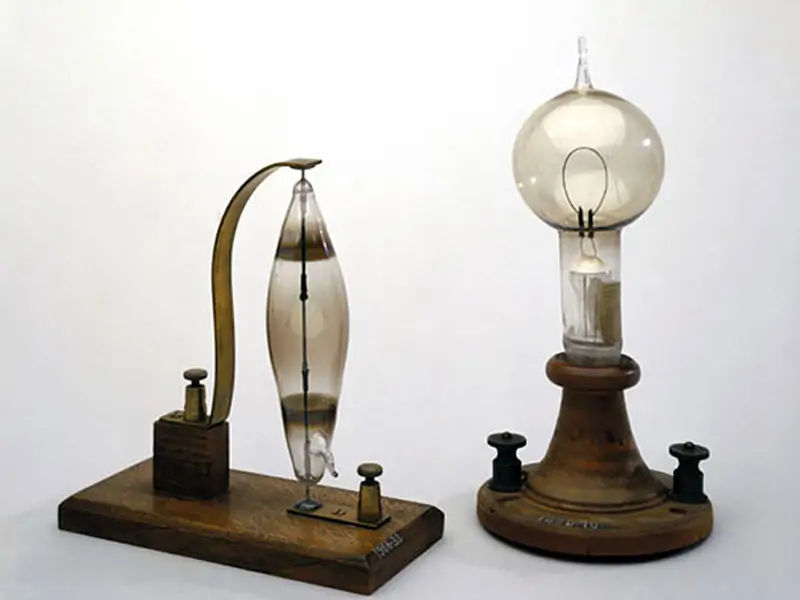The Invention of the Necessity: Light Bulb
Shortpedia
Content Team
The invention of the light bulb is among the greatest inventions of mankind. It marked the beginning of an era of light as the world moved one step forward in eliminating the darkness inside closed areas. Oil chimneys, candles, and fireplaces were used in the old days. Still, bulb invention revolutionized the field of light.
While Thomas Alva Edison is credited for bulb invention, it is not entirely true. Edison created the first commercially practical incandescent light. But he was not the first person to do so. As per historical records, nearly 20 inventors invented different versions of incandescent bulbs before Edison. The reason that Edison is credited for the invention is that his version was better than other versions. Edison's bulb not only was an effective incandescent material but also had a higher vacuum than others. Edison's bulb invention also had a high resistance that made the distribution of power more economical.

The first electric light was invented by Humphry Davy in 1802. Davy invented a battery, and he connected that battery to a piece of carbon with wires, and the carbon glowed to produce light. The Device invented by Davy was called an electric arc. Davy's invention couldn't gain commercial success as it couldn't produce light for a very long time. Its use wasn't really practical.
Several other researchers and scientists continued to work on the theory to develop different versions of illuminating devices. British scientist Warren de la Rue tried creating an illuminating device with a coiled platinum filament. Still, the high prices of platinum made it a commercially impractical option.
The next major bulb invention came in 1950 when English physicist Joseph Wilson Swan created a "light bulb" by enclosing carbonized paper filaments in an evacuated glass bulb. But the lifetime of the bulb developed by Swan wasn't long enough. The lock of a good vacuum and inadequate electricity supply led to the failure of the bulb invention.

The next major breakthrough in the technology came for Toronto-based medical electrician Henry Woodard. They filed a patent and his colleague on July 24, 1874. The two used different sizes of carbon rods to build their lamps. The carbon rods were held between electrodes in a glass filled with nitrogen. After failing to commercialize the patent, they sold it to Edison in 1879.
Edison had started his research to develop a practical incandescent lamp a year earlier, on October 14, 1878. He filed for his first patent for "Improvement In Electric Lights" but continued experimenting to achieve better results. He prepared metal filaments using several different types of metals to achieve the best result. He once again filed for a US patent for an electric lamp on November 4, 1879. Edison used a carbon filament to develop the bulb invention.
Several months after being granted the patent for his impressive invention, Edison and his team found out that a carbonized bamboo filament could last over 1200 hours. This invention led to a revolution in the sector. Edison started manufacturing the bulbs on a commercial scale in 1880. His firm Edison Electric Light Company began marketing its new product.

The massive commercial success of Edison's invention helped him become a sensation and the getting identified as the inventor of the bulb. The bulbs we see today are surely a gift by Edison. Choosing a filament for the bulb was among the trickiest tasks, but Edison did it properly. He invented the bulb that could light up for hours or even days. He tested almost 6,000 materials before finding carbonized bamboo to be the right fit for the requirement.
Since there's no oxygen inside the bulb, the chances of the filament getting burned.
